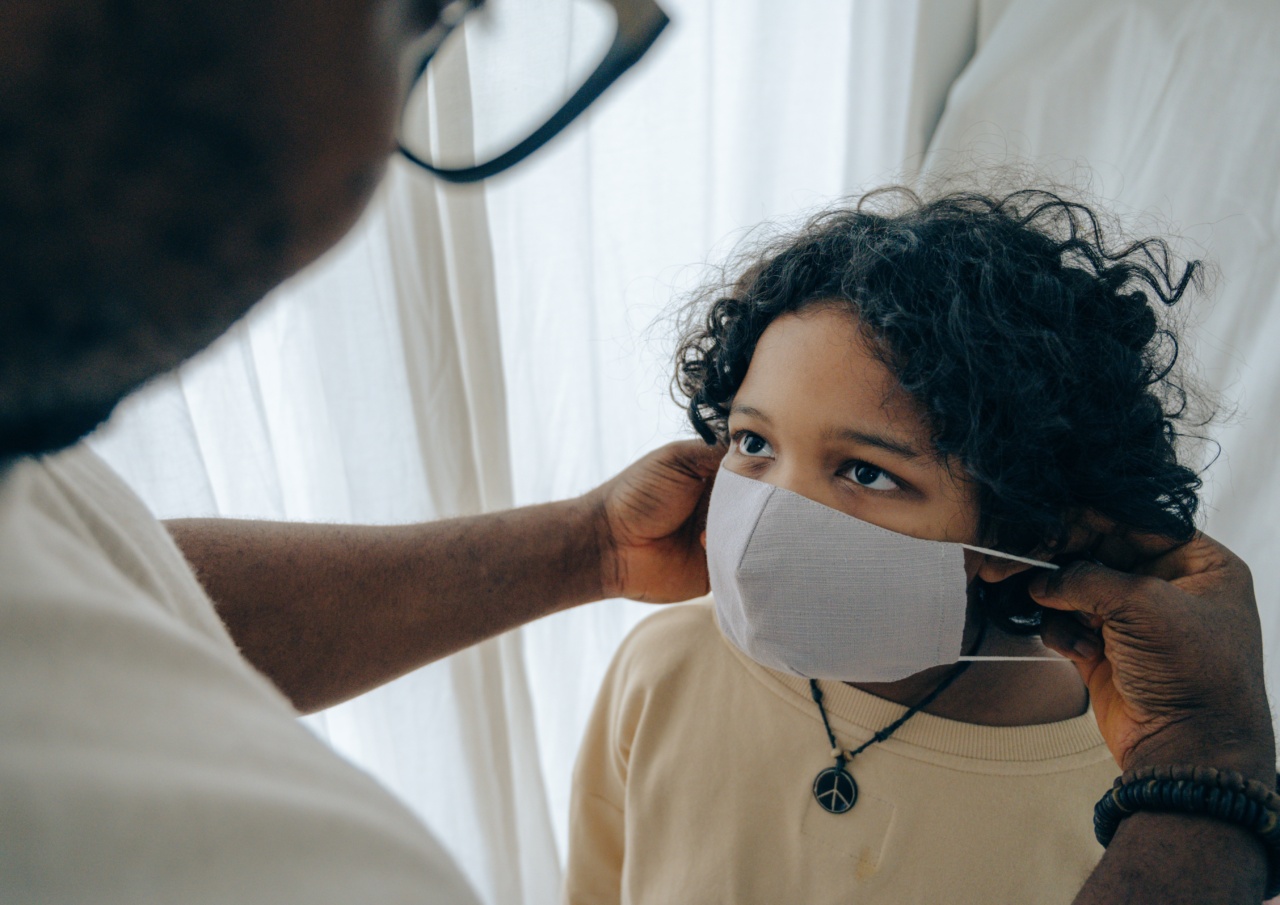Ebola is a highly infectious and life-threatening disease caused by the Ebola virus. While anyone can contract Ebola, children are particularly vulnerable due to their weaker immune systems and limited knowledge about preventive measures.
To protect children from this deadly disease, it is crucial to understand and implement effective preventive strategies. Additionally, prompt and proper treatment is essential in minimizing the mortality rate among infected children. This article explores various preventive measures and treatment options for Ebola in children.
What is Ebola?
Ebola is a severe and often fatal illness caused by the Ebola virus. The virus is transmitted to people from wild animals and spreads through human-to-human transmission. Ebola outbreaks predominantly occur in remote villages in Central and West Africa.
It is characterized by symptoms such as fever, headache, muscle pain, weakness, vomiting, and diarrhea. In severe cases, it can lead to internal and external bleeding.
Preventive Measures for Children
Preventing Ebola in children involves a combination of community awareness, hygiene practices, and vaccination. Here are some important preventive measures that can help protect children from contracting the virus:.
1. Education and Awareness
Community education plays a vital role in preventing the spread of Ebola. Children should be educated about the disease, its symptoms, and preventive measures.
Schools and communities can organize awareness campaigns, distribute informative leaflets, and conduct interactive sessions to ensure children have a good understanding of the disease.
2. Hand Hygiene
Regular handwashing with soap and clean water is one of the most effective ways to prevent the transmission of Ebola.
Children should be taught proper handwashing techniques and encouraged to wash their hands frequently, especially before meals and after using the toilet.
3. Avoiding Direct Contact with Infected Individuals
It is important to teach children to avoid direct contact with individuals showing Ebola symptoms or those who have been in close contact with infected individuals.
Encouraging children to maintain a safe distance and avoid sharing personal belongings can significantly reduce the risk of contracting the virus.
4. Safe Burial Practices
Proper burial practices are essential in preventing the transmission of Ebola.
Children should be informed about the importance of safe burial practices, which include avoiding direct contact with the body of someone who has died from Ebola and allowing trained professionals to handle the burial.
5. Vaccination
Vaccination is a critical preventive measure against Ebola.
While a licensed vaccine for Ebola is not yet widely available, ongoing research and development efforts are focused on creating an effective vaccine that can provide immunity against the virus. It is essential to ensure that children receive the vaccine as soon as it becomes available.
Treatment Options for Children
In the unfortunate event that a child contracts Ebola, timely and appropriate medical care can greatly increase their chances of survival. Here are some important treatment options for children infected with Ebola:.
1. Supportive Care
Supportive care focuses on managing the symptoms and providing comfort to the child. This includes maintaining proper hydration, managing fever and pain, and addressing any complications that may arise during the course of the illness.
2. Isolation
Infected children should be immediately isolated to prevent the spread of the virus. Isolation helps protect others from becoming infected and allows healthcare professionals to provide specialized care without risking further transmission.
3. Experimental Treatments
Some experimental treatments have shown promise in treating Ebola. These treatments, including antiviral drugs and monoclonal antibodies, are currently undergoing clinical trials.
In the case of pediatric patients, healthcare providers may consider enrolling the child in a clinical trial to explore potential treatment options.
4. Psychological Support
Children affected by Ebola may experience psychological trauma due to the impact of the disease on their lives.
Providing psychological support, such as counseling services and group therapy, can help children cope with the emotional and mental distress caused by the illness.
The Importance of Early Intervention
The key to preventing serious complications and fatalities in children with Ebola lies in early intervention. It is vital for parents, caregivers, and healthcare providers to stay vigilant and seek medical help at the first sign of symptoms.
Early diagnosis and treatment significantly improve the chances of survival and reduce the spread of the virus within the community.
In Conclusion
Preventing and treating Ebola in children requires a comprehensive approach that involves educating the community, promoting proper hygiene practices, and ensuring timely medical care.
By implementing preventive measures and advancing research on potential vaccines and treatments, we can safeguard the well-being of children and reduce the impact of this devastating disease.






























